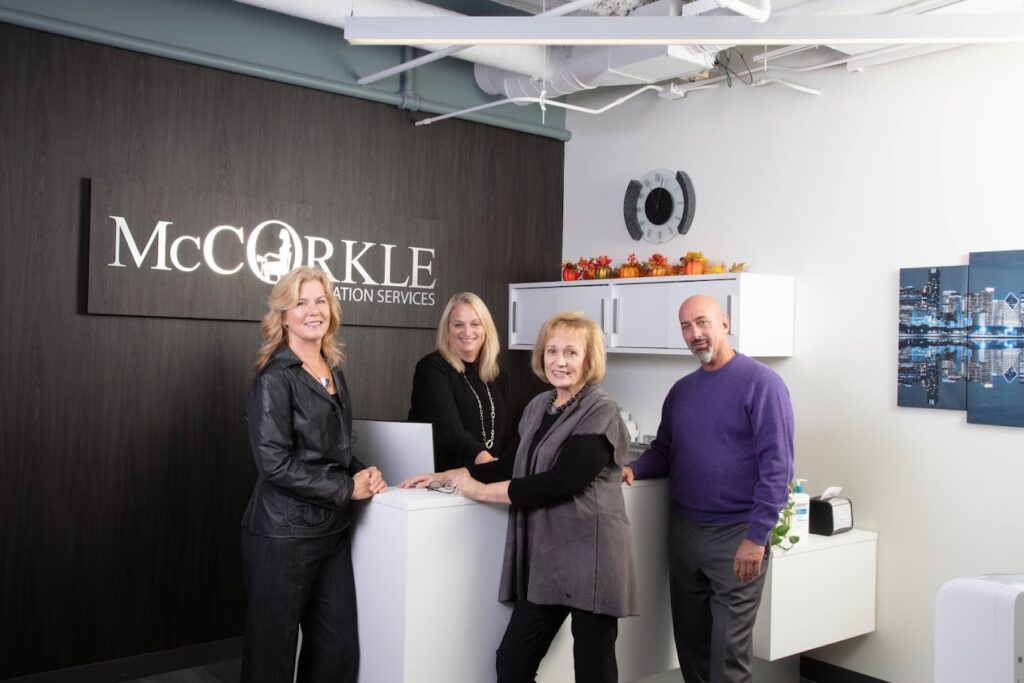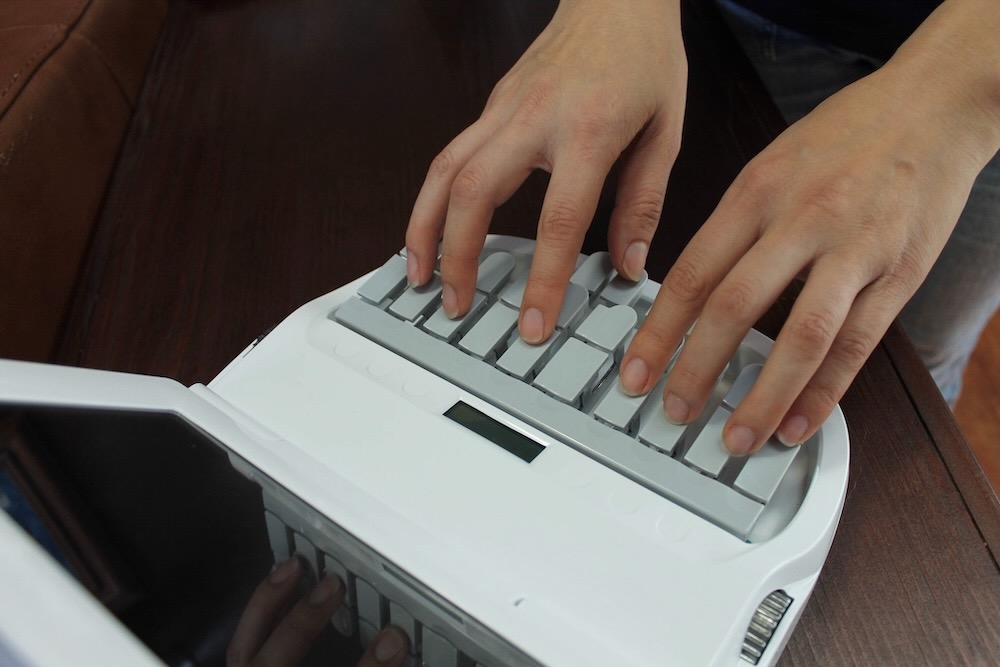Using CAT Software in Court Reporting
In the ever-evolving world of court reporting, the integration of technology has become paramount. One of the most significant advancements in this field is the introduction of Computer-Aided Transcription (CAT) software. Designed to enhance the efficiency and accuracy of court reporters, CAT software plays a crucial role in ensuring that transcripts are produced quickly and with high fidelity. This article will delve into what CAT software is, its benefits, key features, how it improves the court reporting process, and practical tips for court reporters looking to adopt this technology.
What is CAT Software?
CAT software refers to a set of applications that assist court reporters in creating and managing transcripts more effectively. Unlike traditional methods of reporting, which rely solely on shorthand notations, CAT software serves as a bridge between the stenographic input and digital outputs. It transcribes what the reporter types in real-time, generating a text output that can be further edited, formatted, and exported in various formats.
The software also often integrates features for audio recordings, which are synchronized with the transcript. This capability allows court reporters to reference the original recording if there are any discrepancies, ensuring that the final product is accurate and reliable.
- Enhances efficiency by reducing the time spent on manual transcription.
- Allows for easy editing and formatting of transcripts.
- Integrates audio synchronization for improved accuracy.
Benefits of Using CAT Software
The advantages of utilizing CAT software in court reporting are manifold. Firstly, it streamlines the transcription process, thereby increasing productivity. Reporters can focus more on capturing dialogue rather than worrying about manual documentation, which often leads to errors.
Secondly, CAT software offers better accuracy due to features like voice recognition and auto-correct functionalities. As seasoned reporters know, courtroom environments can be unpredictable, and mitigating the risk of errors is essential. The software’s ability to learn from the reporter’s input also means it can customize its responses based on frequently-used terminology or phrases.
Additionally, CAT software comes equipped with numerous tools that simplify the post-reporting process. Features like glossary management allow reporters to store frequently used terms, making future sessions easier. Furthermore, compatibility with various export formats (like PDF, HTML, and Word) adds versatility to the transcript distribution process.
- Increases overall productivity by streamlining the transcription process.
- Reduces human error through advanced audio and voice recognition features.
- Provides tools for effective glossary management, ensuring consistency in term usage.
Key Features of CAT Software
When selecting CAT software, it’s essential to consider its features comprehensively to find one that best suits your reporting needs. Here are some key elements to look for:
1. **Real-time Transcription**: This feature allows reporters to see their stenographic input instantly displayed as text. As the dialogue flows, so does the transcript, making real-time corrections and adjustments easier.
2. **Audio Synchronization**: The ability to record audio that links with the text file is vital for accuracy. This feature allows reporters to replay segments to verify their transcription automatically.
3. **Dictionary and Glossary Functionality**: CAT software typically includes options to create a customized dictionary where reporters can input industry-specific terms or names that are frequently used in their work.
4. **Editing Tools**: Look for robust editing tools that allow easy formatting and corrections, ensuring that transcripts maintain a professional presentation.
5. **Export Options**: Flexibility to export transcripts in numerous file formats ensures adaptability for clients or other court professionals.
- Real-time transcription enables live feedback while reporting.
- Audio synchronization supports cross-referencing for accuracy.
- Custom dictionaries enhance specialization for industry jargon.
- Editing tools streamline the post-reporting workflow.
- Multiple export options facilitate effective sharing.
How CAT Software Improves the Court Reporting Process
One of the significant advantages of CAT software is how it fundamentally improves the court reporting process. The traditional practices of court reporting often involve lengthy periods of transcribing after a session, which can be time-consuming and tedious. However, with CAT software, reports are generated in real-time, allowing reporters to focus more on accuracy during the proceedings.
Moreover, CAT software provides technological advantages, enabling collaborative documentation. In cases where multiple reporters work on the same transcript, real-time capabilities allow for seamless data sharing and consistency across the documentation.
Continuous technology advancements also mean CAT software is adaptable. Reports can incorporate video transcriptions or spoken summaries, which enrich the context of the testimony and result in a more comprehensive record.
- Streamlines the reporting process with quick transcript generation.
- Enhances collaboration among multiple reporters.
- Facilitates the integration of multimedia elements into transcripts.
Practical Tips for Court Reporters Adopting CAT Software
For court reporters considering adopting CAT software, here are some practical tips to help ease the transition:
1. **Choose the Right Software**: Every reporter has unique needs based on their style, focus areas, and work volume. Take the time to research multiple CAT software options. Consider what features are most important to you and potential learning curves involved.
2. **Training and Development**: Invest time in learning the software through tutorials, webinars, or professional training programs. Many software vendors offer in-depth training to ensure that users can take full advantage of all features.
3. **Experiment with Features**: Before diving into live court proceedings, practice with the software during mock sessions. Familiarize yourself with critical functions like audio synchronization, editing tools, and glossary entries.
4. **Network with Other Reporters**: Join forums or professional organizations to connect with other reporters using CAT software. Sharing insights, tips, and experiences can facilitate a smoother transition.
5. **Provide Feedback to Developers**: As you use the software, share any suggestions for improvements based on your firsthand experience. Developers value user input, and it can help enhance the product for everyone.
- Thoroughly research various CAT software options available in the market.
- Attend training sessions or utilize online resources for proper utilization.
- Conduct mock sessions to familiarize yourself with the software capabilities.
- Connect with peers for shared learning experiences.
- Engage with software developers to contribute to software enhancements.
FAQs about CAT Software in Court Reporting
As you explore the world of CAT software, you may have some questions. Here are some frequently asked questions that might bring clarity to this topic:
1. Can CAT software replace traditional court reporters?
No, while CAT software can enhance the capabilities of reporters, it does not replace the nuanced skills that a human reporter brings to the table. Issues like handling different accents and managing multi-speaker scenarios require human insight.
2. Is CAT software easy to learn?
Many CAT software programs are user-friendly, but proficiency can take time. Investing in training is advisable to make the transition smoother.
3. How do I ensure accuracy with CAT software?
Accuracy can be maintained through continuous training, regular updates to your personal dictionary, and using audio synchronization tools to verify transcription.
4. Will CAT software work with all types of court reporting?
Yes, CAT software can be tailored to any reporting style, including depositions, hearings, and trials. It scales to suit different environments.
Conclusion
The landscape of court reporting is undeniably changing, and the rise of technology has opened doors for greater efficiency and accuracy. CAT software serves as an assistant to court reporters, enabling them to produce timely and comprehensive transcripts while retaining the human touch that is essential in such formal environments. As the world continues to embrace digital approaches, the symbiosis between advanced software and skilled professionals will define the future of court reporting. Whether you are a seasoned reporter looking to enhance your craft or a newcomer to the field, understanding and utilizing CAT software could be the key to staying relevant in this dynamic profession.
For further reading on technological advancements in court reporting, consider visiting this article, which elaborates on how technology is reshaping the industry.

About McCorkle Litigation Services
McCorkle Litigation Services is a premier provider of comprehensive litigation support, specializing in delivering exceptional court reporting services to legal professionals. With decades of experience in the industry, McCorkle has built a reputation for reliability, accuracy, and professionalism. Their team of certified court reporters is adept at capturing every word of legal proceedings with precision, ensuring attorneys and clients have access to impeccable records. Whether it’s depositions, trials, arbitrations, or hearings, McCorkle’s expertise extends across a wide array of legal matters, making them a trusted partner in the litigation process.
The experienced court reporters at McCorkle Litigation Services are highly trained in the latest technologies, including real-time transcription and video deposition synchronization. This ensures that clients receive timely and efficient services tailored to meet the demands of modern legal practices. McCorkle’s commitment to accuracy and confidentiality is unwavering, offering peace of mind to legal teams who require reliable documentation of critical proceedings. Backed by a legacy of excellence and a dedication to client satisfaction, McCorkle Litigation Services continues to set the standard for court reporting and litigation support nationwide.







